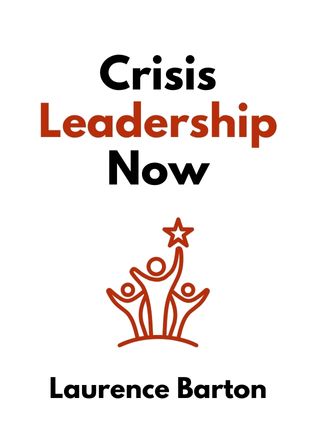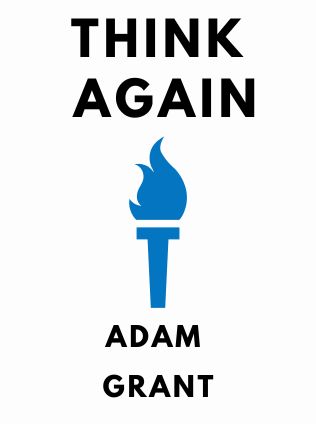
Crisis Leadership Now
A Real World Guide to Preparing for Threats, Disasters, and Scandal
By Laurence Barton
Published 01/2008
About the Author
Dr. Laurence Barton, former vice president of crisis management at Motorola, has spent 25 years studying the causes of crisis in the workplace. He has managed more than 1,200 incidents worldwide, writing crisis plans and consulting with senior management at ABC News, The Walt Disney Co., Nike, Honda, British Petroleum, ESPN, and more than 60 hotels and casinos during defining moments. His extensive experience and deep understanding of crisis management make him a leading authority in the field. Barton's work is characterized by his focus on preparation and proactive strategies, which he believes are essential for effective crisis leadership.
Main Idea
"Crisis Leadership Now" by Laurence Barton is a comprehensive guide designed to prepare managers for potential crises. It highlights the importance of having a detailed action plan in place to respond quickly and effectively to various threats, such as workplace violence, product recalls, natural disasters, and sabotage. The book emphasizes the need for a proactive approach to crisis management, including the implementation of teams, systems, and tools to mitigate risks and recover from crises. Barton’s philosophy is encapsulated in his belief that “the best crisis is the one that has been prevented,” advocating for meticulous preparation and constant vigilance.
Table of Contents
- Introduction
- Secure Thy Workplace
- Managing Threats and Workplace Violence
- Handling Disasters
- Effective Communication During Crises
- Assessing Crisis Risks
- Choosing the Right Crisis Consultant
- Conclusion
Introduction
In the introduction, Barton sets the stage by asking executives to contemplate the worst possible scenarios that could impact their organizations. This exercise reveals a wide array of potential crises, from natural disasters to workplace violence and product recalls. Barton argues that the key to successful crisis management lies in preparation and the ability to react swiftly and efficiently when disaster strikes. This proactive stance is essential for minimizing damage and ensuring a swift recovery.
"The best crisis is the one that has been prevented." – Laurence Barton
Barton’s introductory chapter serves as a wake-up call for managers who may be complacent about potential risks. He stresses that every organization, regardless of size or industry, is vulnerable to crises. By envisioning the worst-case scenarios, managers can begin to develop comprehensive strategies to prevent and respond to these events effectively.
Secure Thy Workplace
Barton underscores the importance of a robust corporate security program. He provides a list of ten questions to benchmark your security team, covering aspects like training hours, turnover rates, and the educational background of security leaders. A proactive approach to security, including regular audits and close collaboration with IT and HR departments, can significantly reduce the risk of crises.
- What is the average number of hours that your security guards are trained by you or your company?
- What is your annual turnover in security personnel?
- How many of the leaders in your security organization have a bachelor's degree from an accredited college? What about a master's degree?
- Has your director of security ever worked at another company in your industry?
- Has your company ever conducted an audit of your top talent to determine if they leave confidential memos and reports out that others can read or copy after hours?
- What is the relationship between your director of security and your leadership in IT? Do they even know each other?
- How many times in the last year has the security director spent a day at each major site in the company – at either your various sales offices or key facilities?
- Has the security director ever invited the regional office of the FBI, the Postal Service or others to provide an annual briefing on potential corporate threats?
- Does human resources routinely call upon security when a problem employee is about to be exited?
- How many of the books on the security director's shelf have been published in the past five years?
Preventive measures also include thorough background checks on potential employees. These checks should validate the candidate's identity, check for credit fraud, and verify Social Security numbers. Any discrepancies found should prompt further investigation to ensure the integrity of the workforce.
"The best predictor of future behavior is past behavior." – Laurence Barton
Barton highlights the necessity of integrating security into the corporate culture. Companies like Disney, Emerson, and Coca-Cola are cited as examples where security leaders are given credence and play an integral role in crisis planning. These companies understand that preventing crises is far more effective than responding to them.
Sign up for FREE and get access to 1,400+ books summaries.
You May Also Like
How To Win Friends and Influence People
The All-Time Classic Manual Of People Skills
By Dale CarnegieQuiet: The Power of Introverts
The Power of Introverts in a World That Can't Stop Talking
By Susan CainThe Lean Startup
How Today's Entrepreneurs Use Continuous Innovation to Create Radically Successful Businesses
By Eric RiesWho Moved My Cheese?
An Amazing Way to Deal with Change in Your Work and in Your Life
By Spencer Johnson, M.D.Make Your Bed
Little Things That Can Change Your Life...And Maybe the World
By William H. McRaven



















